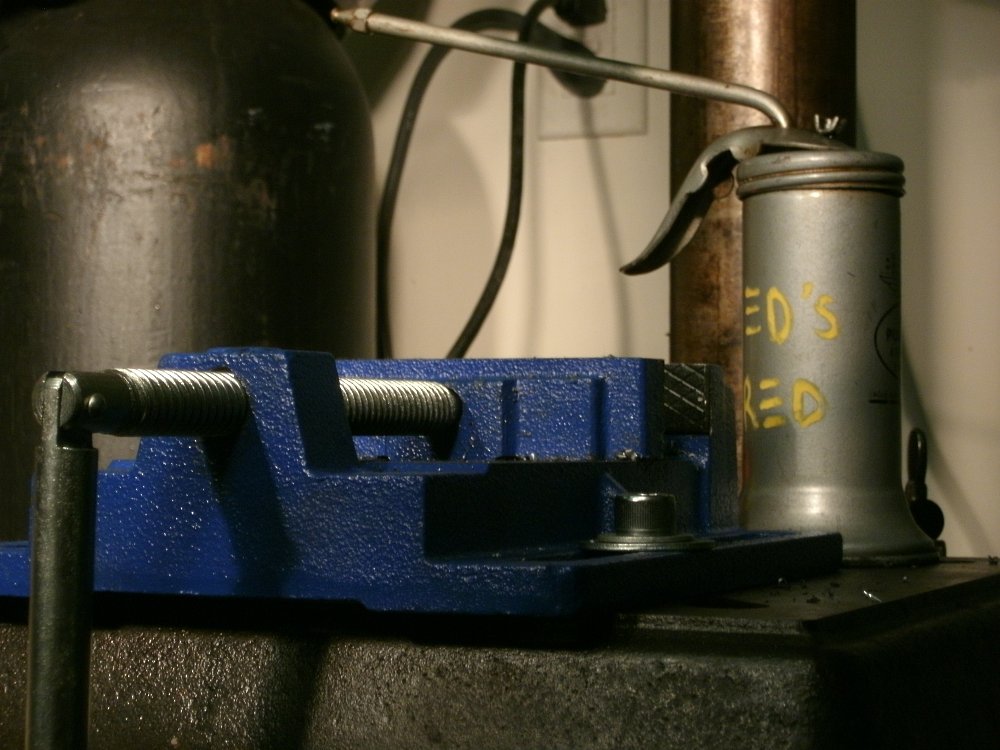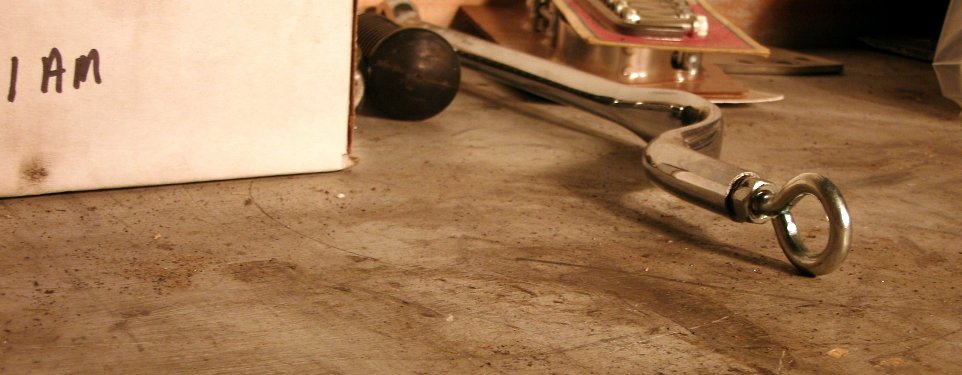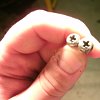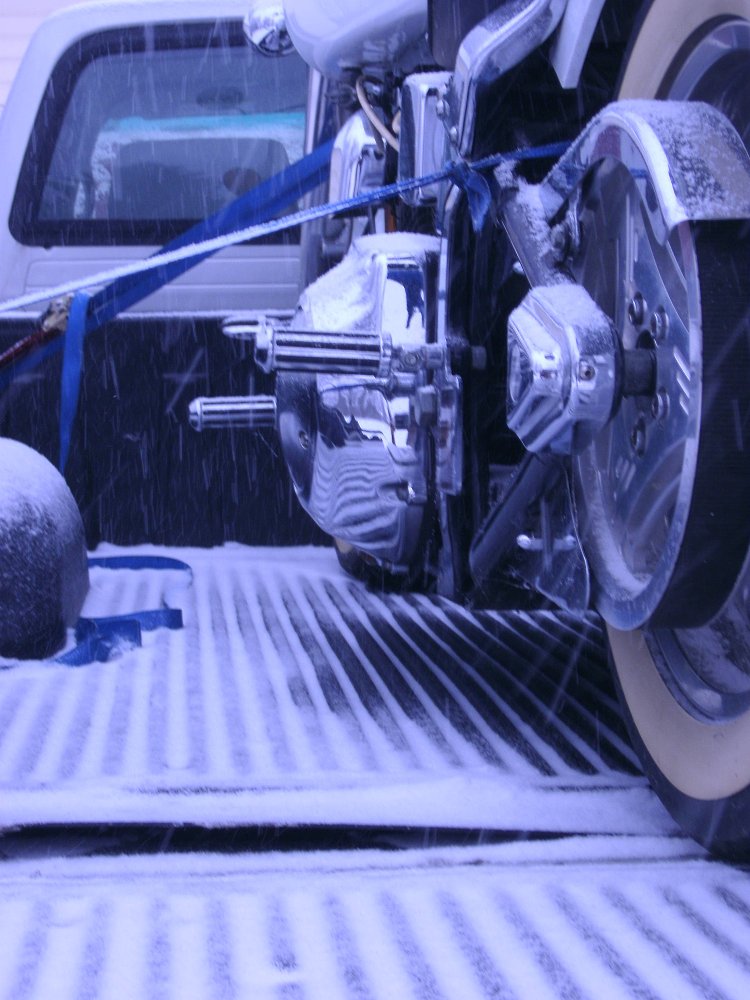I’m constantly on the prowl for ways to be lazier without the pesky side effect of consequences.
Clarke and I were recently marveling over a bound collection of old Easyriders tech tips that we both wanted. The google machine informed us that they are still in print. As we were chatting, I had all four volumes ordered and en route to Lemmy Mountain.
Those articles were (and still are!) popular because often they saved some poor soul a bunch of time or work. How? Someone came up with a clever or little-known way to do something. I understand the kids now call this stuff "life hacks." Call these tips Lemmy's Garage Hacks, if you like. That has a nice ring to it. With full credit to the graybeards who came before me, I humbly present a few things I've picked up that have made my life in the garage easier.
Spray-bomb your work bench
I use either grey or white paint. Having a clean, light-colored bench makes it easier for me to find little odds and ends when I invariably drop them.
Weld a nut
On the occasions I have snapped a fastener flush with the surface it is securing, I have had good luck placing a nut over the snapped fastener, and welding up the resulting void. This does two things: First, it gives me a new chance to get a wrench on the fastener, and second, it concentrates a huge amount of heat in there. This has worked so successfully in the past that bolts have sometimes been finger-loose after welding. (Do not, under force of habit, loosen them with your hand, though, as I stupidly have done.)

Make Ed’s Red
"Ed’s Red" is a home-brewed concoction meant to be a light lubricant and solvent. My version of this recipe usually includes equal parts transmission fluid, acetone, and kerosene. Mixing up a five-gallon pail is inexpensive, and yields enough for several lifetimes' worth of use. I use this stuff on raw steel parts to keep them from rusting. I use it as cutting fluid for the drill press. I use it for heavy de-greasing on parts. I’ve also used it as chain lube. If you prefer frequent applications of a thin fluid, it’s great for standard chains. I fly through this stuff because it takes the place of many expensive and (more) dangerous aerosol products I used to use.
Keep a case of beer handy
OK, specifically, we need the cardboard, but the beer is nice to have, too. The non-corrugated cardboard most beer cases are made of makes excellent gaskets. The thickness is perfect for a lot of different motorcycle sealing surfaces. The Genesee Brewing Company has supplied me with air cleaner gaskets more than once.
I also use a piece of cardboard when I am removing a large number of bolts of different lengths, such as when removing the primary cover from a Harley. I draw a little diagram of the parts with the bolt holes, and push them through the cardboard as I remove the bolts to keep them from getting mixed up.
The cardboard is also useful when fabricating brackets, tabs and other parts. I mock things up with cardboard, and then I can use it as a template for the steel that the part will ultimately be made from.

Buy a set of JIS screwdrivers
I don’t care if you work on domestic or Japanese bikes. At some point, if you do enough work on either, you will start boogering the heads of what appear to be Phillips-head fasteners. Here is the long story made short: Phillips fasteners were specifically designed to cam-out, or slip, when a specific torque was reached. (This was to prevent over-torquing on assembly lines.) JIS fasteners, being slightly differently designed, just strip out when a Phillips tool is used on them. The “camming out” is most noticeable when big torque is applied to small fasteners, so if you have stuck carb bowl screws and you don’t want to wreck the hardware, reach for your JIS tools. This is not limited to metric models, either: most modern motorcycles are made of global parts.
I have learned little tidbits like this from all sorts of folks. I've picked up tips from a guy who had just learned to change his oil and seasoned vets who've been doing things the same way since dirt was invented. Lay your best tip on me in the comments section. Less time workin' equals more time drinkin'.













